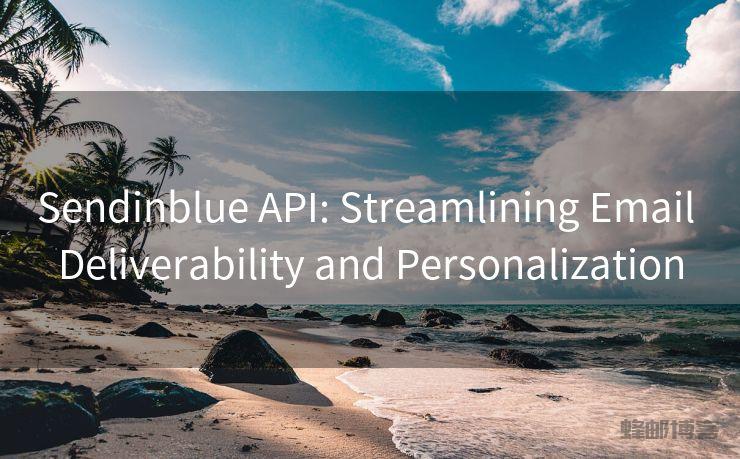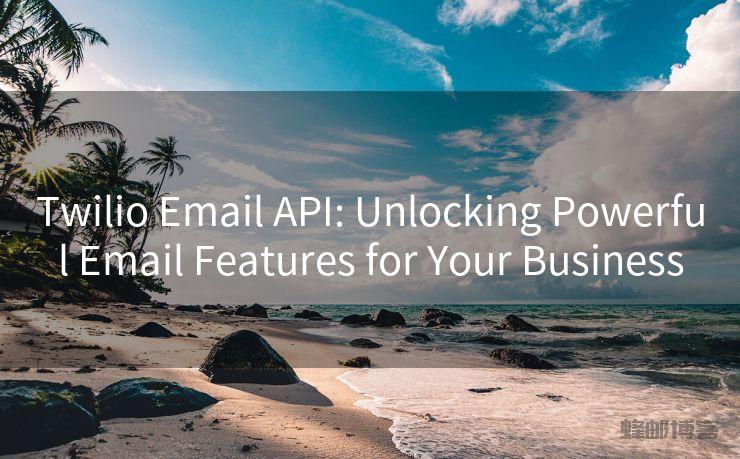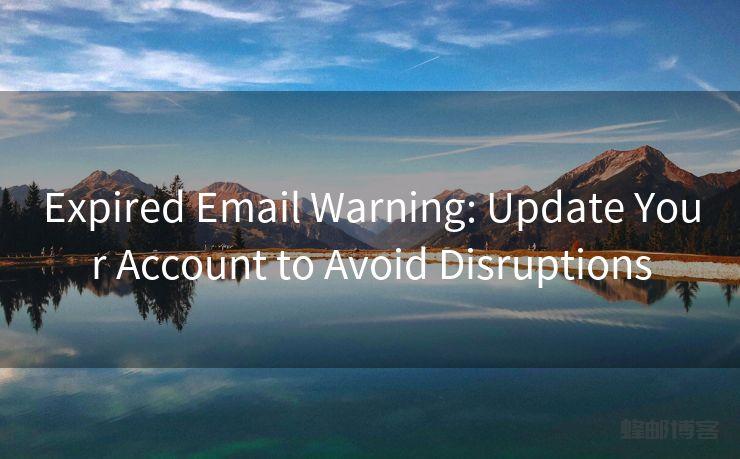Send Email API: A Comprehensive Guide for Beginners
Hello everyone, I’m Kent, the website admin. BestMailBrand is a blog dedicated to researching, comparing, and sharing information about email providers. Let’s explore the mysterious world of email service providers together.




Send Email API: A Comprehensive Guide for Beginners
Introduction to Send Email API
Sending emails programmatically has become an essential feature for many applications and services. Whether it’s for sending notifications, confirmations, newsletters, or any other type of communication, utilizing a send email API can streamline and automate the process. This guide will provide an in-depth look at send email APIs, how they work, their benefits, and best practices for implementation.
What is a Send Email API?
A send email API is an Application Programming Interface that allows developers to integrate email-sending capabilities into their applications. Instead of relying on traditional email clients, applications can communicate directly with an email service provider through the API to send emails automatically. This provides greater flexibility, efficiency, and control over the email-sending process.
Benefits of Using a Send Email API
Using a send email API offers numerous advantages:
Automation and Efficiency
One of the primary benefits of using a send email API is the ability to automate the sending process. This means that emails can be sent without manual intervention, saving time and reducing the potential for human error.
Scalability
Send email APIs are designed to handle large volumes of emails. Whether you need to send a few dozen emails or millions, an API can scale to meet your needs. This is particularly beneficial for businesses that experience seasonal spikes in email volume.
Personalization
With a send email API, it’s easy to personalize emails based on user data. This can include addressing the recipient by name, tailoring the content to their preferences, and more, which can significantly enhance engagement and conversion rates.
Analytics and Tracking
Many send email APIs come with built-in analytics and tracking features. This allows you to monitor delivery rates, open rates, click-through rates, and other important metrics, helping you to refine and improve your email campaigns over time.
Key Features of a Send Email API
When selecting a send email API, it's important to consider the key features it offers:
Authentication and Security
Ensure the API supports secure methods of authentication, such as API keys or OAuth, to protect against unauthorized access. Additionally, features like TLS encryption help secure the email content during transmission.
Rate Limiting and Throttling
Check if the API offers rate limiting and throttling to manage the number of emails sent within a specific timeframe. This is crucial for preventing spam and maintaining good sender reputation.
Templates and Dynamic Content
Look for APIs that support email templates and dynamic content. This makes it easier to create and send emails with consistent formatting and personalized content.
Error Handling and Reporting
A robust send email API should provide detailed error messages and reporting. This helps in quickly identifying and resolving issues that may arise during the email-sending process.
How to Choose the Right Send Email API
Selecting the right send email API involves evaluating several factors:
Pricing
Consider the pricing model of the API. Some providers offer pay-as-you-go plans, while others have subscription-based pricing. Make sure the costs align with your budget and email volume requirements.
Ease of Integration
The API should be easy to integrate with your existing systems. Look for comprehensive documentation, SDKs, and example code that can help speed up the integration process.
Deliverability
Check the deliverability rates of the email service provider. High deliverability ensures that your emails reach the recipients’ inboxes rather than getting caught in spam filters.
Customer Support
Good customer support can be invaluable, especially when you encounter issues or need assistance with the API. Look for providers that offer 24/7 support and multiple contact options.
Best Practices for Using a Send Email API
To make the most of a send email API, follow these best practices:
Verify Email Addresses
Before sending emails, verify the email addresses to reduce bounce rates and improve deliverability. Many send email APIs offer built-in email validation services.
Monitor Metrics
Regularly monitor the key metrics provided by the API, such as open rates, click-through rates, and bounce rates. Use this data to adjust your email strategies and improve performance.
Maintain a Clean Email List
Keep your email list clean by regularly removing inactive or invalid email addresses. This helps maintain a good sender reputation and improves deliverability.
Personalize Emails
Leverage the API’s capabilities to personalize your emails. Personalized emails tend to have higher engagement rates and can foster better relationships with your recipients.

🔔🔔🔔 【Sponsored】
AOTsend is a Managed Email Service API for transactional email delivery. 99% Delivery, 98% Inbox Rate.
Start for Free. Get Your Free Quotas. Pay As You Go. $0.28 per 1000 Emails.
You might be interested in:
Why did we start the AOTsend project, Brand Story?
What is a Managed Email API, How it Works?
Best 24+ Email Marketing Service (Price, Pros&Cons Comparison)
Best 25+ Email Marketing Platforms (Authority,Keywords&Traffic Comparison)
Test Your Emails
Before sending out emails to your entire list, perform thorough testing. This includes checking for formatting issues, broken links, and ensuring that the emails render correctly on different devices and email clients.
Common Challenges and How to Overcome Them
Using a send email API can come with its own set of challenges. Here are some common issues and tips on how to overcome them:
Deliverability Issues
If your emails are not reaching the recipients’ inboxes, check your email content and avoid using spammy language. Ensure that your domain is properly authenticated using SPF, DKIM, and DMARC.
API Rate Limits
Exceeding the API’s rate limits can result in errors or blocked requests. Implement logic to handle rate limits and retry requests if necessary.
Handling Bounces and Complaints
Set up proper handling for bounced emails and recipient complaints. This can help you maintain a good sender reputation and comply with email regulations.
Conclusion
A send email API is a powerful tool for automating and optimizing your email-sending processes. By understanding its benefits, features, and best practices, you can choose the right API and use it effectively to enhance your email campaigns. Whether you’re a small business or a large enterprise, integrating a send email API can lead to more efficient communication, better engagement with your audience, and improved overall performance of your email marketing efforts.




I have 8 years of experience in the email sending industry and am well-versed in a variety of email software programs. Thank you for reading my website. Please feel free to contact me for any business inquiries.
Scan the QR code to access on your mobile device.
Copyright notice: This article is published by AotSend. Reproduction requires attribution.
Article Link:https://www.bestmailbrand.com/post15.html





